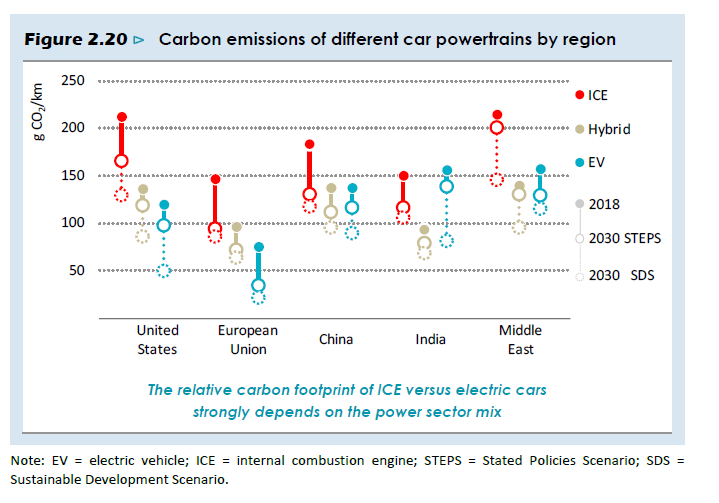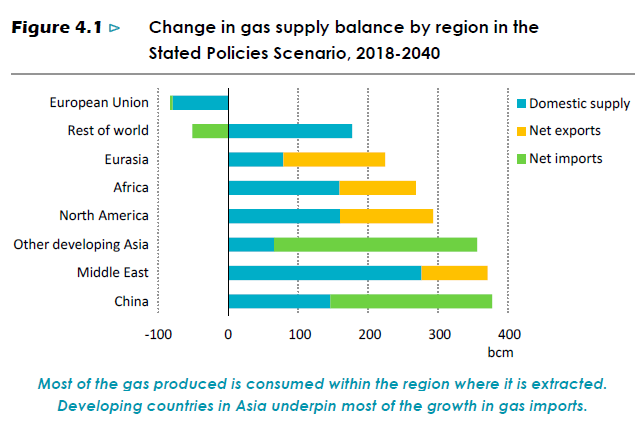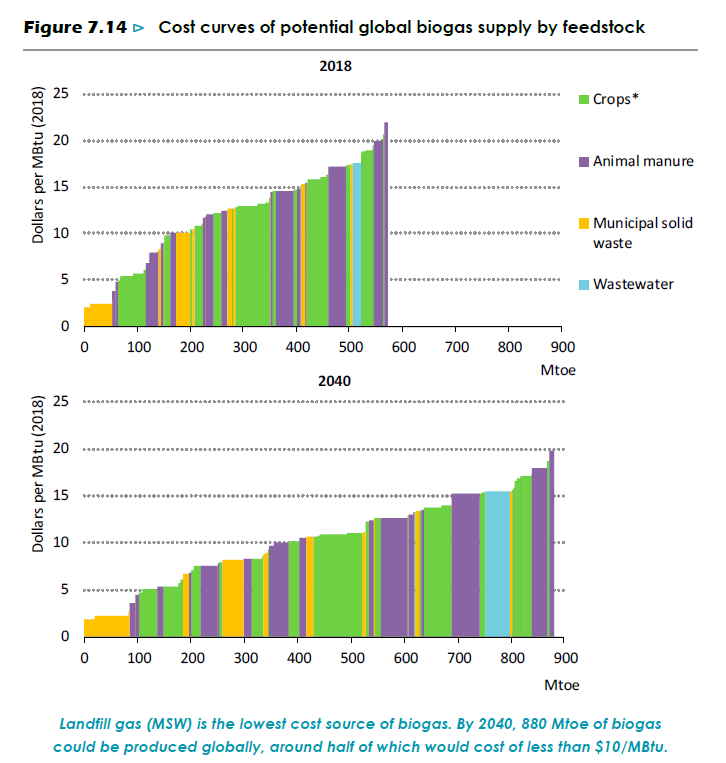The World Energy Outlook 2019 from the International Energy Agency is out. Findings and commentary to follow. 1/
"More than ever, energy decision makers need to take a hard, evidence-based look at
where they stand and the implications of the choices they make."
where they stand and the implications of the choices they make."
"A fast-moving energy sector highlights the importance of a broad and dynamic approach
to energy security." Hazards like cybersecurity and extreme weather require vigilance.
to energy security." Hazards like cybersecurity and extreme weather require vigilance.
"Shale output from the United States stays higher for longer, reshaping global markets, trade flows and security."
Wow, IEA sees that by 2025 total US shale output overtakes total oil and gas production from Russia.
Wow, IEA sees that by 2025 total US shale output overtakes total oil and gas production from Russia.
"Wind and solar PV provide more than half of the additional electricity generation to 2040 in the Stated Policies Scenario and almost all the growth in the Sustainable Development Scenario."
"Gas grids provide a crucial mechanism to bring energy to consumers, typically delivering more energy than electricity networks and providing a valuable source of flexibility."
New in this year& #39;s WEO,
its *Sustainable Development Scenario*
1. is in line with the Paris Agreement
2. provides universal energy access
3. dramatic improvements in air pollution
AND
"is consistent with reaching global & #39;net zero& #39; carbon dioxide emissions in 2070."
its *Sustainable Development Scenario*
1. is in line with the Paris Agreement
2. provides universal energy access
3. dramatic improvements in air pollution
AND
"is consistent with reaching global & #39;net zero& #39; carbon dioxide emissions in 2070."
The Sustainable Development Scenario (SDS) means if net emissions stay at zero after 2070, global average temperature rise has a 66% chance of staying at or below 1.8 degrees Celsius.
Recognize the SDS is still *incredibly* ambitious.
Recognize the SDS is still *incredibly* ambitious.
In addition to the Sustainable Development Scenario, the WEO reports a Current Policy Scenario (business-as-usual) and a Stated Policy Scenario. The latter scenario reflects implemented policies, assessment of likely effects of announced policies, and an evolution of energy tech.
Sustainable Development Scenario: "Much more stringent energy efficiency policies mean that energy demand is lower in 2040 than today...Gas demand rises to 2030 before falling back"
The IEA assumes a higher oil and gas resource base than last year& #39;s Outlook. As a result, the US accounts for *85% of the increase in global oil production* and 30% of the increase in natural gas until 2030. (Stated Policies Scenario).
The US overtakes Russian O&G production.
The US overtakes Russian O&G production.
Regardless of the policy—including the Sustainable Development Scenario—natural gas remains a major and important global fuel through 2040.
Interesting nugget: "Despite the fact that full electricity access is achieved in the Sustainable
Development Scenario, a more efficient energy system means that electricity generation grows at a slightly slower pace" through 2040.
Development Scenario, a more efficient energy system means that electricity generation grows at a slightly slower pace" through 2040.
"The availability of cheap natural gas in some regions, allied with a rising need for system flexibility, means that gas-fired generation grows in all regions except Europe and Japan."
"The global energy system is large and typically slow moving, but it is not immune to change."
"The faster the transformation required – and the scientific evidence shows that this push needs to be very rapid indeed – the greater the risk of poor co-ordination or unintended consequences for the reliability or affordability of supply."
Electric vehicles in India produce higher CO2 emissions than internal combustion engines through 2030, even in the Sustainable Development Scenario.
Everywhere else, EVs are or are expected to be lower emissions.
Everywhere else, EVs are or are expected to be lower emissions.
"Over the next two decades, global demand for natural gas grows more than four times faster than demand for oil in the Stated Policies Scenario."
"In 2018, over 45% of the growth in the world’s energy demand was met by natural gas."

 Read on Twitter
Read on Twitter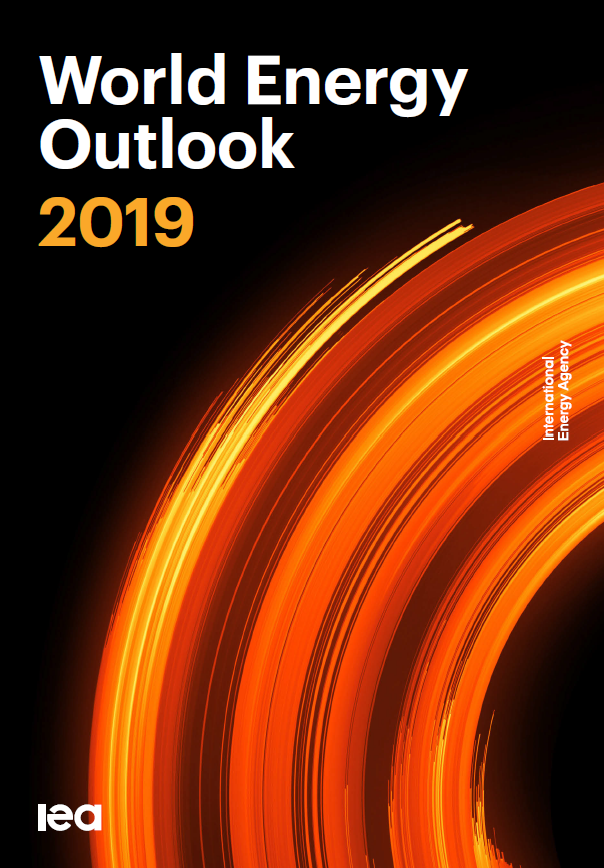

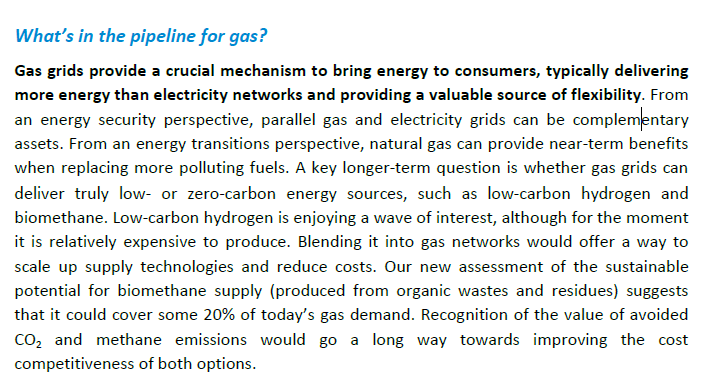 https://abs.twimg.com/emoji/v2/... draggable="false" alt="👇" title="Down pointing backhand index" aria-label="Emoji: Down pointing backhand index">"Gas grids provide a crucial mechanism to bring energy to consumers, typically delivering more energy than electricity networks and providing a valuable source of flexibility."" title="https://abs.twimg.com/emoji/v2/... draggable="false" alt="👇" title="Down pointing backhand index" aria-label="Emoji: Down pointing backhand index">https://abs.twimg.com/emoji/v2/... draggable="false" alt="👇" title="Down pointing backhand index" aria-label="Emoji: Down pointing backhand index">"Gas grids provide a crucial mechanism to bring energy to consumers, typically delivering more energy than electricity networks and providing a valuable source of flexibility."" class="img-responsive" style="max-width:100%;"/>
https://abs.twimg.com/emoji/v2/... draggable="false" alt="👇" title="Down pointing backhand index" aria-label="Emoji: Down pointing backhand index">"Gas grids provide a crucial mechanism to bring energy to consumers, typically delivering more energy than electricity networks and providing a valuable source of flexibility."" title="https://abs.twimg.com/emoji/v2/... draggable="false" alt="👇" title="Down pointing backhand index" aria-label="Emoji: Down pointing backhand index">https://abs.twimg.com/emoji/v2/... draggable="false" alt="👇" title="Down pointing backhand index" aria-label="Emoji: Down pointing backhand index">"Gas grids provide a crucial mechanism to bring energy to consumers, typically delivering more energy than electricity networks and providing a valuable source of flexibility."" class="img-responsive" style="max-width:100%;"/>
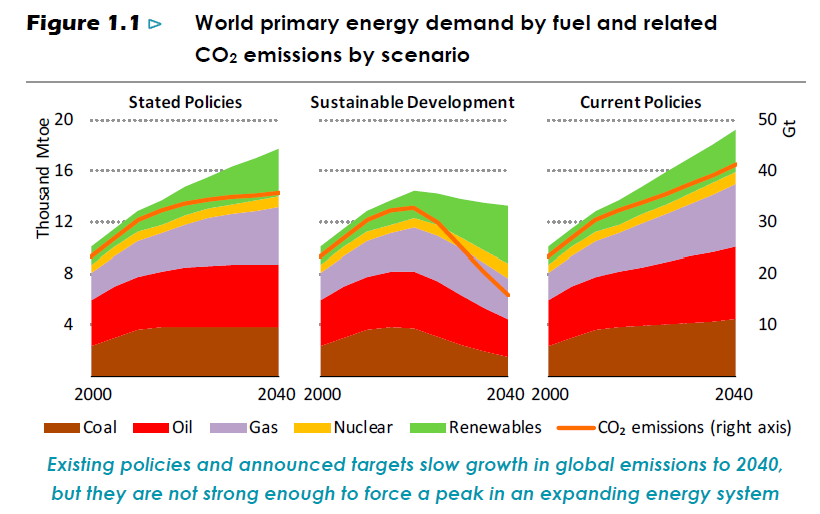
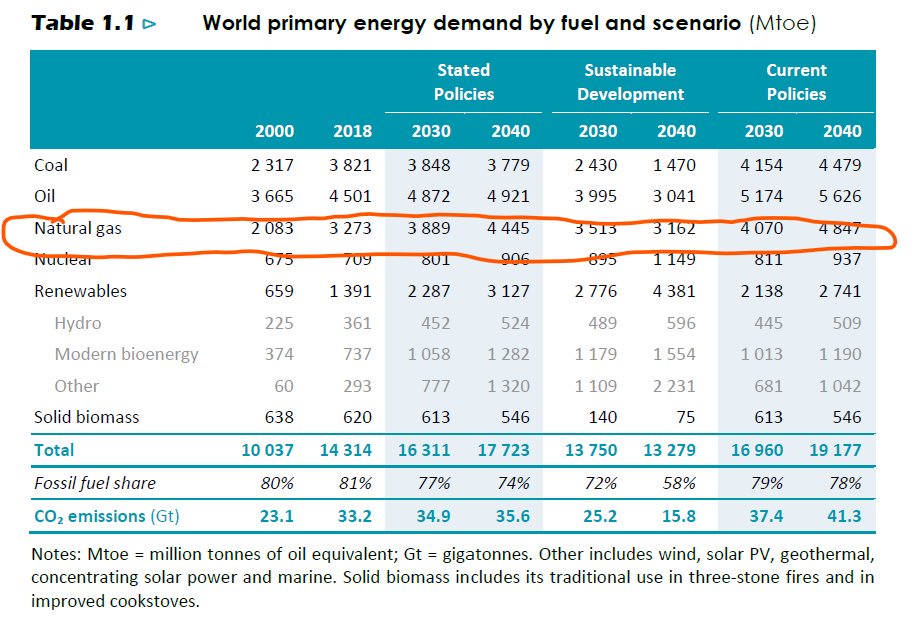

 https://abs.twimg.com/emoji/v2/... draggable="false" alt="👇" title="Down pointing backhand index" aria-label="Emoji: Down pointing backhand index">"The faster the transformation required – and the scientific evidence shows that this push needs to be very rapid indeed – the greater the risk of poor co-ordination or unintended consequences for the reliability or affordability of supply."" title="https://abs.twimg.com/emoji/v2/... draggable="false" alt="👇" title="Down pointing backhand index" aria-label="Emoji: Down pointing backhand index">https://abs.twimg.com/emoji/v2/... draggable="false" alt="👇" title="Down pointing backhand index" aria-label="Emoji: Down pointing backhand index">"The faster the transformation required – and the scientific evidence shows that this push needs to be very rapid indeed – the greater the risk of poor co-ordination or unintended consequences for the reliability or affordability of supply."" class="img-responsive" style="max-width:100%;"/>
https://abs.twimg.com/emoji/v2/... draggable="false" alt="👇" title="Down pointing backhand index" aria-label="Emoji: Down pointing backhand index">"The faster the transformation required – and the scientific evidence shows that this push needs to be very rapid indeed – the greater the risk of poor co-ordination or unintended consequences for the reliability or affordability of supply."" title="https://abs.twimg.com/emoji/v2/... draggable="false" alt="👇" title="Down pointing backhand index" aria-label="Emoji: Down pointing backhand index">https://abs.twimg.com/emoji/v2/... draggable="false" alt="👇" title="Down pointing backhand index" aria-label="Emoji: Down pointing backhand index">"The faster the transformation required – and the scientific evidence shows that this push needs to be very rapid indeed – the greater the risk of poor co-ordination or unintended consequences for the reliability or affordability of supply."" class="img-responsive" style="max-width:100%;"/>
